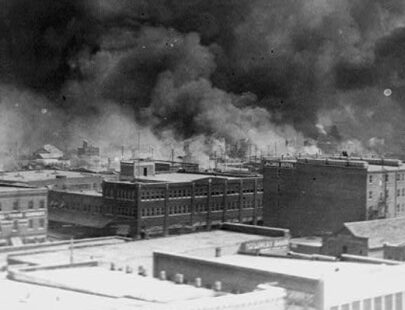Get in touch.
Learn more about our talent transformation solutions.
Transformation doesn’t happen overnight if you’re doing it right. We continuously deliver measurable outcomes and help you stay the course – choose the right partner for your journey.
Our suite of offerings include:
- Consulting Services | Aligning vision and strategy to deliver integrated and systemic business results to drive growth and change through people.
- Learning Services | Modern learning strategies, content, experiences, and delivery approaches that optimise workforce performance.
- Technologies | An ecosystem of learning and talent tools, systems, platforms, and expertise that enable learning and talent transformation.




